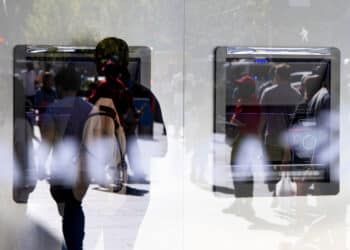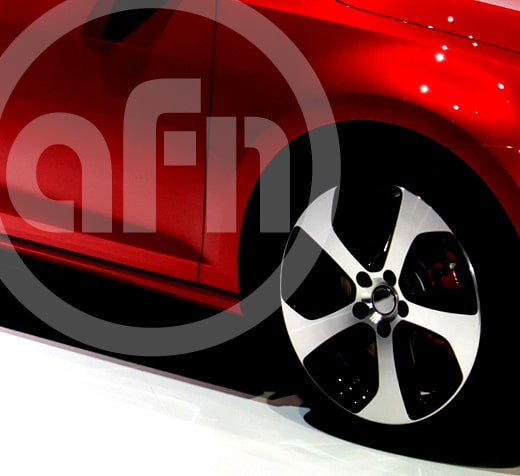Leasing Becomes an Attractive Option in Times of Economic Uncertainty
In recent months, leasing has become an attractive option for consumers who are in the market for a car. Due to economic uncertainty, inflation and high gas prices, consumers are generally not as interested in becoming locked into long-term financing through loans.
“There’s been more interest in leasing,” says Steve Perna, an internet manager who also handles leasing at Silver Spring, Md.-based Safford Lincoln Mercury. “Leasing used to be something people shied away from, but with uncertainty in the car market and the economy, leasing has become a good option.”
Safford’s lease and loan business has varied from month to month, but on the year to date, Perna reports that 40 to 50% of Safford’s new car sales are leased.
Jon Schwartz, co-owner of Shrewsbury, N.J.-based Chrysler Mazda agrees that leasing tends to become more popular in challenging times, but the percentage of leases as against loans at Chrysler has not changed much.
The problem is that too many people live month to month and don’t know what they can afford each year,” says Schwartz. With a three-year lease, customers know that all they have to do is change the oil and pay for minor maintenance. However, if they buy, over the course of four or five years, they will end up spending more on maintenance. “If you turn the car over every three years, you are always under guarantee,” says Schwartz.
But finance is not the only factor influencing buyers’ decisions. Since leasing is considered more of a short-term investment, it enables technology-driven consumers to remain current with changing technologies. Today, “a truck is more than something that gets people from point A to point B,” says Safford’s Perna. With cell phone service now being integrated into trucks and other vehicles, it is easier for people to telecommute. Leasing enables consumers to get out of outdated options when new features become available. “With a lease, you have the option to stay ahead of the curve,” says Perna.
Kevin Olson, owner of Buffalo, N.Y.-based Kevin Olson Car and Truck Sales does not think more customers are choosing leases over loans. “Leasing has really dropped and it is not what it used to be,” says Olson. Since interest rates have climbed higher, dealers are taking a loss.
Olson’s dealership does a lot of “buy here, pay here.” He reports that his dealership’s numbers are as good, if not better than they were. The reason: His dealership offers a 16% interest rate at a time when most banks are offering 24.99% for people with lower credit scores.
Olson’s dealership operates on a very unusual model, which is why he has the ability to offer lower rates. “No one else in this state that I am aware of is offering it,” says Olson, who mentions that “large investors” make this lower finance offering possible.
He says it is the manufacturers that are taking tremendous losses. For example, if a customer has an F-150 pickup truck and wants to buy out his or her lease, it would cost approximately $19,000 to buy it from Ford. Olson claims that, due to lower interest rates, he can sell the same model for $14,900. He reports that his dealership has sold eight F- 150s during a recent two-week period.
America Downsizes
Finance is certainly a key concern for consumers who are feeling the pinch. Gas prices continue to climb, increasing demand for smaller cars with more fuel-economy. “‘Hybrid’ has become a buzzword because people want to save money,” says Safford’s Perna. “But hybrid savings are not going to be realized right away because people are paying more for those vehicles.”
“The future is all about fuel mileage, economy and reliability,” says Chrysler Mazda’s Schwartz. “I think we will get more efficient vehicles. There are a lot of new products from Ford, and I think they are reacting quicker than people think.” Smaller cars and electric cars will be the focus as we move forward.
On the other hand, Olson from Kevin Olson Car and Truck Sales predicts that people will continue to get SUVs and pickup trucks — at least in Buffalo, where snow poses a constant threat to drivers. “With winter coming, people still want what is dependable and safe,” says Olson.
Perna remains somewhat optimistic about the future. “I think a lot of things will change after the election. It might take a year, but it will turn around,” he said.
—Regina Cooper















